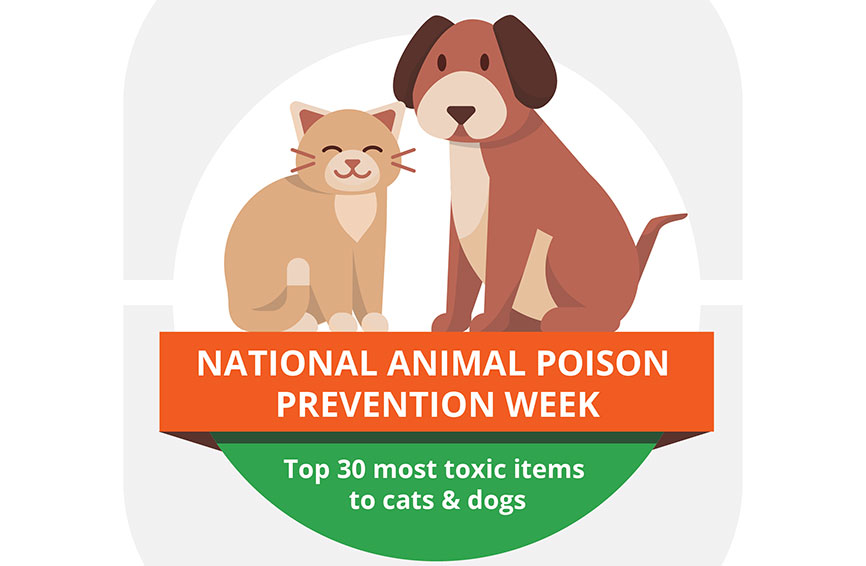Key Takeaways
- Lumps and masses can occur on dogs of any age and for various reasons.
- Benign tumors include lipomas, sebaceous cysts, and histiocytomas.
- Cancerous growths can spread to other parts of your dog’s body.
- Treatments for cancerous growths include chemotherapy and radiation.
- There are significant costs associated with diagnosing and treating cancerous growths.
Table of Contents
Finding a lump on your dog may be a cause for concern. It is important to recognize masses can occur at any age and for a variety of reasons. These masses can be benign or malignant, and it is best to have them checked by your veterinarian. Let’s discuss a few types of skin masses that are commonly seen in dogs.
Benign Tumors
Lipomas
These are soft, freely movable masses just underneath the skin. They are made up of fatty deposits and are commonly seen in dogs as they age. They are usually not painful, but sometimes they can be in a location that restricts movement, such as behind a leg. Your veterinarian may perform a simple needle biopsy to confirm the diagnosis by visualizing fat cells under the microscope.
Sebaceous Cysts
These are small bumps that develop due to plugged oil glands in your dog’s skin. They are most commonly found on the head or abdomen, and they are generally shiny, raised bumps that may appear red or scaly. Sebaceous gland cysts are usually slow growing, but if they are particularly painful or infected, your veterinarian can drain them and prescribe antibiotics.
Histiocytomas
These are small, raised bumps that commonly occur in young dogs. They may become red and ulcerated but will often resolve on their own. A needle biopsy can be a helpful tool used by your veterinarian to diagnose this mass.
Other Benign Lumps and Growths
A variety of other benign lumps and bumps may be found on your dog. Some examples include cysts, warts, ingrown hairs, skin pustules, and blisters. They may cause discomfort in your dog. Your veterinarian can determine the appropriate treatment for each individual patient.
Cancerous Growths
Sometimes masses that occur within the skin may be cancerous. These tumors can arise from the sweat glands, connective tissue, the outermost layer of the skin, or hair follicles. Often, they grow quickly, change in appearance, or become bothersome to the affected dog. While a needle biopsy can diagnose some tumors, others require surgical removal and submission to a pathologist. These tumors may also spread to other parts of the body, so your veterinarian will need to assess your dog’s lymph nodes and lungs through examination and other diagnostic testing.
Cancerous skin tumors may not cause any adverse clinical signs in the early stages, but as they grow or spread, you may notice weight loss, lethargy, loss of appetite, strong odors, or trouble breathing.
Treatment
Sometimes benign neglect is an option for smaller lumps, like warts or cysts. However, for any masses that are hard to identify with a needle biopsy, grow rapidly, or change in appearance, surgical removal is recommended. These masses can be submitted to a pathologist for identification.
For cancerous growths, your veterinarian will discuss options for treatment after surgical removal. Chemotherapy and radiation are often needed for cancerous growths that are quick to spread to other parts of the body or that were not fully removed during surgery.
Although prices can be variable, the lists below will give you an idea of what to consider if your dog is diagnosed with a cancerous growth. It is important to recognize not all patients will require extensive diagnostics and that costs and treatments are variable.
Diagnostics
Needle Biopsy: $50
Digital X-Ray: $100 – $400, depending on the number of views
Histopathology (Biopsy): Up to $1,500
Ultrasound: $300 – $500
CT Scan: $3,000
Bloodwork: $150-$300
Adjunct Treatments
Surgery: $500-$1000
Radiation: $500 – $1,000 per session, around $5,000 – $10,000 in total
Chemotherapy: $1,000 – $15,000 for a full course
The content is not intended to be a substitute for professional veterinarian advice, diagnosis, or treatment. Always seek the advice of your veterinarian or other qualified health provider with any questions you may have regarding a medical diagnosis, condition, or treatment options.
For more information on common dog health conditions that includes both benign lumps and cancerous growths plus their associated costs, please read our Cost of Pet Care report.







